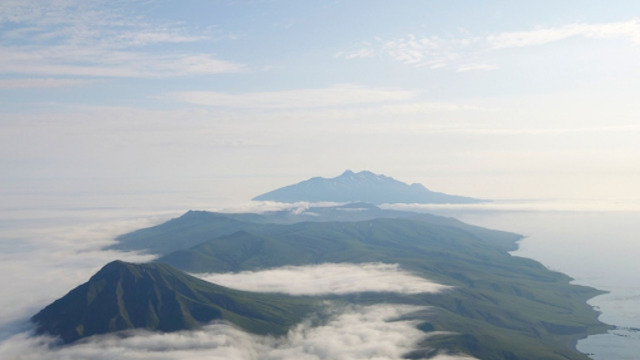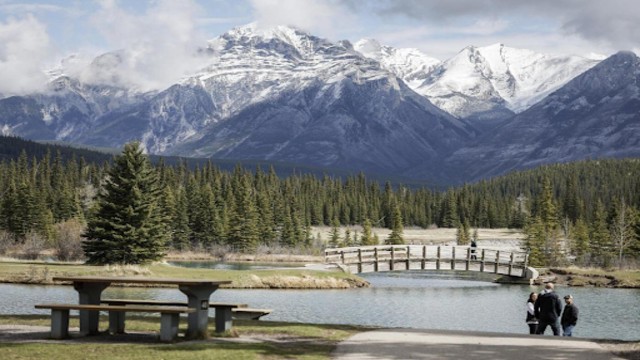
A previously unknown volcanic eruption in 1831 was traced back to Simushir Island, located in the northwest Pacific. This uninhabited island is part of the Kuril Islands, an area claimed by both Russia and Japan. CNN
In 1831, an eruption took place that was so powerful it affected the Earth's climate, cooling temperatures for years. Until recently, the location of this volcano remained a mystery. Now, after nearly two centuries, scientists have finally identified the source of the eruption: the Zavaritskii volcano on Simushir Island in the Kuril Islands.
The eruption, one of the most significant in the 19th century, sent huge amounts of sulfur dioxide into the atmosphere, causing temperatures in the Northern Hemisphere to drop by about 1°C (1.8°F). This cooling coincided with the tail end of the Little Ice Age, a period in Earth's history marked by much cooler global temperatures.
While the year of the eruption was well-known, the exact volcano responsible was not identified until recently. Researchers, using ice core samples from Greenland, found clues about the volcanic event. By analyzing sulfur isotopes, volcanic ash grains, and glass shards found in the ice layers dating from 1831 to 1834, scientists were able to trace the eruption back to Zavaritskii. This volcano, located on a remote island between Japan and Russia, had not erupted since 800 BCE, and little was known about its activity in modern times.
Dr. William Hutchison, the lead author of the study, explained that understanding volcanic activity in such remote areas is difficult due to limited records and the isolation of many volcanoes. The scientists had previously considered other volcanoes, such as the Babuyan Claro in the Philippines, which is closer to the equator. However, the findings from the ice cores, which showed significantly more sulfur fallout in Greenland than in Antarctica, pointed to a midlatitude volcano as the source.
Dr. Stefan Brönnimann, a climatologist not involved in the study, pointed out that the research corrected a long-standing misconception that the eruption came from a tropical volcano. This new discovery of the volcano in the Kuril Islands rather than the tropics sheds light on the global climatic impacts of eruptions from more northern regions.
The breakthrough came when the researchers compared the ash found in Greenland to volcanic material from the Kuril Islands. Using chemical analysis and radiocarbon dating, they were able to match the ice core samples with volcanic material from Zavaritskii. This discovery confirmed that the 1831 eruption was indeed linked to this remote island volcano.
The eruption’s impact on the climate was dramatic. Following the explosion, cooler and drier conditions spread across the Northern Hemisphere, contributing to widespread famines in India, Japan, and Europe. Dr. Hutchison speculated that the eruption played a significant role in the crop failures that led to these famines, although other social and political factors may have also contributed.
This eruption, along with others in the early 19th century, marks the end of the Little Ice Age. Previous studies have linked eruptions such as Mount Tambora in 1815 and Cosegüina in 1835 to the cooling of the Earth. Zavaritskii’s eruption adds another important piece to the puzzle of how volcanic activity has shaped Earth's climate.
The discovery also highlights the potential risks posed by volcanoes in isolated regions. While the eruption of Zavaritskii was not widely reported, it had major global consequences. Hutchison warned that there is a lack of coordinated international monitoring for such volcanoes, which could have significant effects if another large eruption occurs in a remote location.
This study has not only uncovered the long-hidden source of the 1831 eruption but also underscores the need for improved global monitoring systems to anticipate and mitigate the potential impacts of future volcanic events. The research strengthens our understanding of the complex relationship between volcanic eruptions and climate change, particularly in the context of the last phase of the Little Ice Age.















